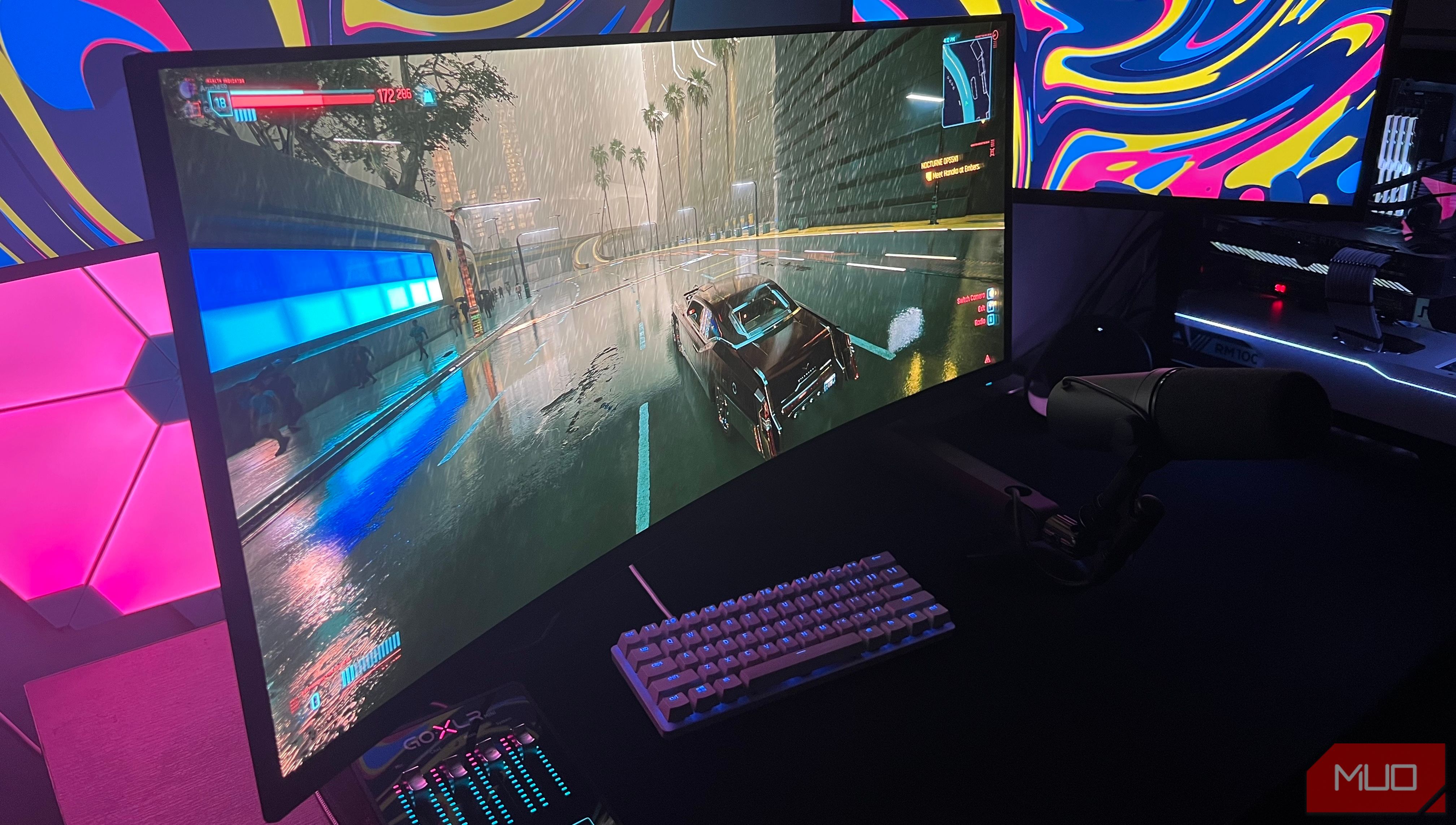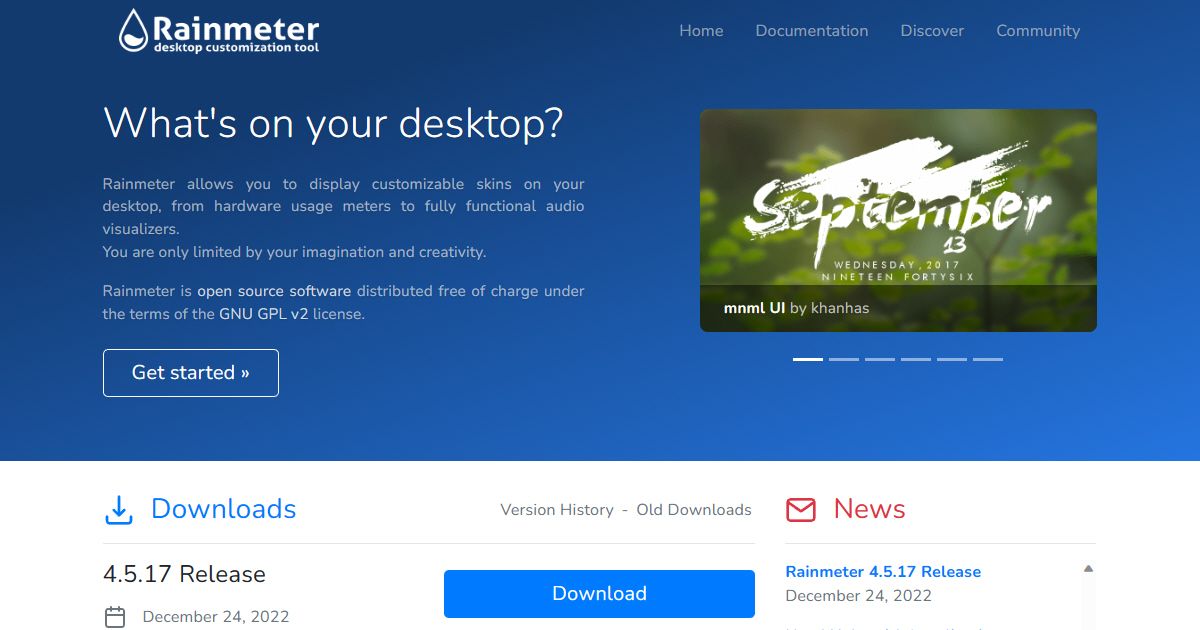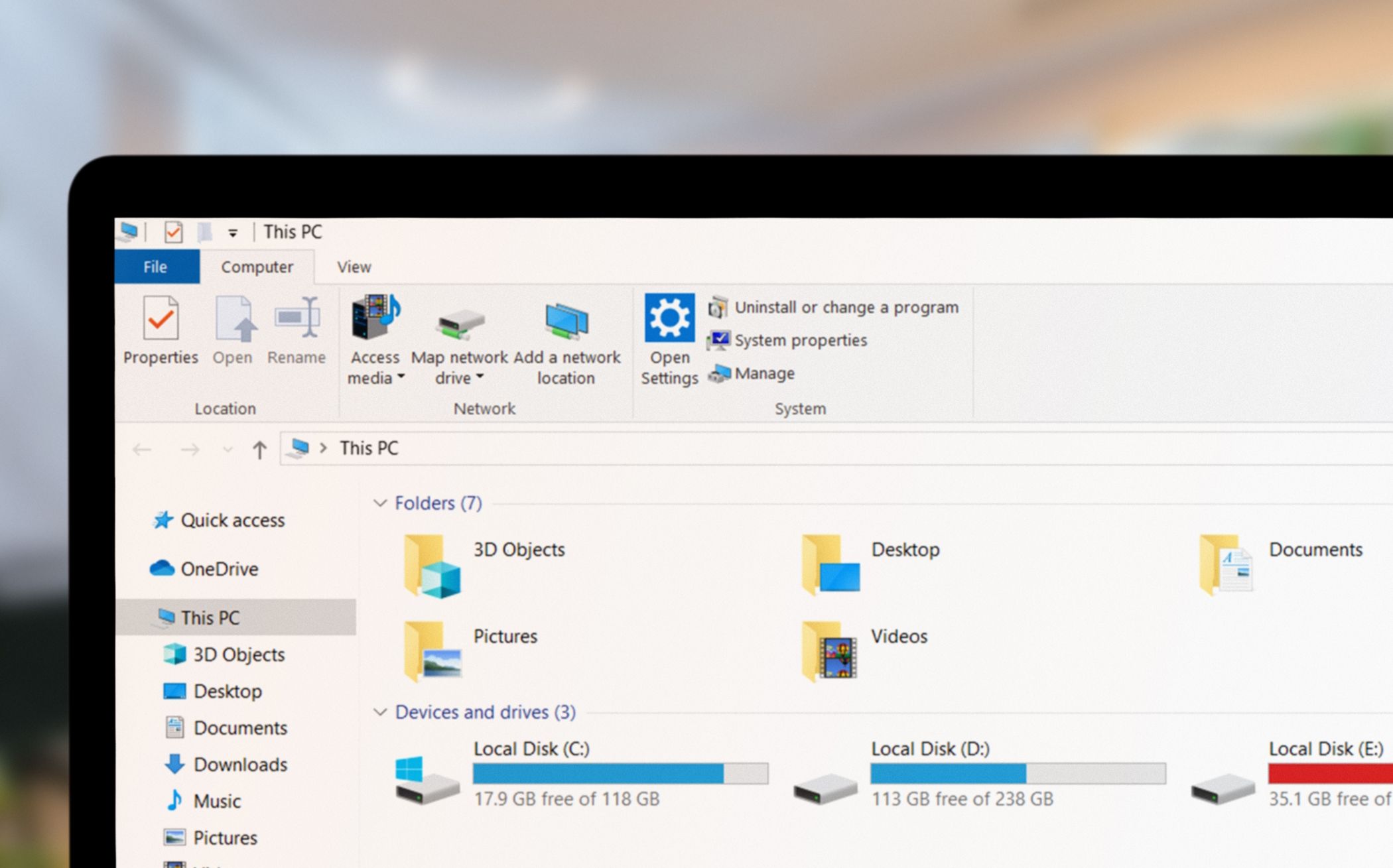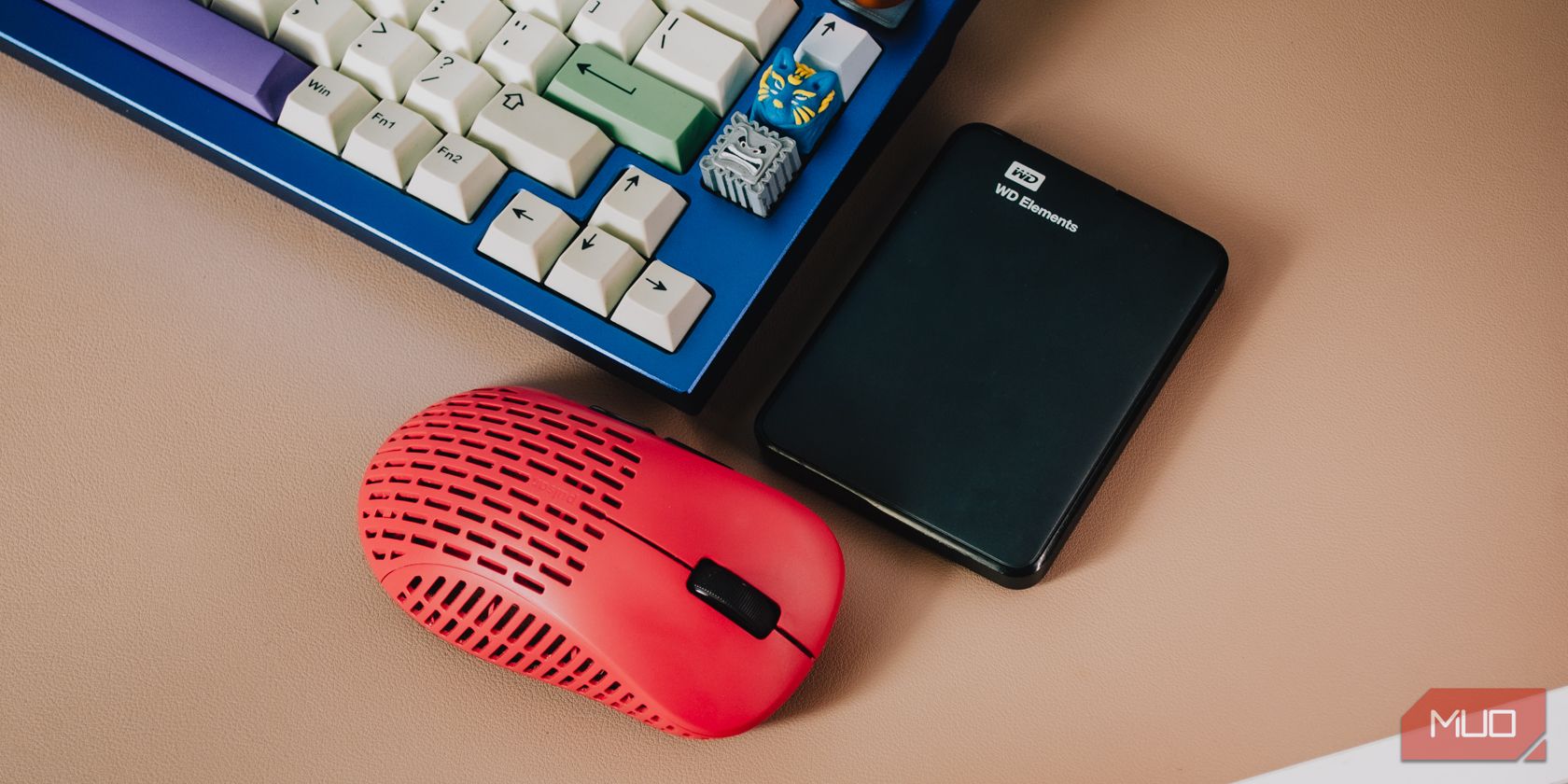Choosing the right operating system is crucial when buying a new computer as it largely controls what you can or can’t do on it. During my brief stint with a Mac, I found these things that my Windows PC can do that my Mac can’t, and they make all the difference.
1 An Ideal Gaming Experience
If you’re looking at the differences between a Mac and a Windows PC, gaming is the first thing that’ll catch your eye. Windows 11 is the most popular OS on Steam for good reason.
That’s not to say that Macs can’t game, but the sheer number of games available on Windows means you’ll never have to worry about compatibility, at least on the software side. This also extends to gaming-related programs and utilities that enhance the overall experience.
Almost all games that aren’t console-exclusives support Windows, so even if you plan to play games casually, Windows should be your default choice—unless you’re very specific about what games you play and they support macOS.
And while you might be able to get away with a few casual or indie games on Mac, more serious gaming will always gravitate towards Windows. Whether it’s FPS games, AAA titles, sports games, sim racing, or VR titles, Windows is the ideal choice for gaming.
2 Far More Customization Options
Windows offers much better customization options than macOS. Sure, you can change your desktop wallpaper and lock screen, but Windows lets you change everything from your cursor to the sounds your computer plays when an event is triggered.
You can even set accent colors and configure taskbar behavior to match your preferences. Although Windows 11 took away some control compared to Windows 10, especially regarding the taskbar, it’s still leaps and bounds ahead of macOS if you like adding a personal touch to your computer.
Windows also supports several third-party programs like Rainmeter and XWidget if you want to add more flair to your desktop. They can add useful little widgets and tools on your desktop to give you more control over how your PC looks and interacts with you.
3 Better Third-Party Software Support
Speaking of third-party programs, you’re almost certainly going to get better third-party software support with Windows. Considering it’s the most popular operating system in the world, most developers who create desktop apps for PC bring them to Windows.
Once again, that’s not to say that macOS doesn’t have exclusive software, but chances are Windows will have an alternative ready to go. Most big-name developers offer both Windows and macOS versions of their software, but Windows has the advantage otherwise. This includes anything from desktop customization tools like Rainmeter to diagnostic tools like HWiNFO.
If you work in an environment where you have to use many different programs, Windows is the better option. You might be able to find alternatives for macOS as well, but you’ll have a harder time finding them.
4 Hardware Upgradability
I empathize with you if you own a Mac and want to upgrade your RAM or storage. Macs tend to be very low on the upgradability scale. On Windows, however, whether you have a desktop or laptop, upgradability is often a question of swapping out the individual component.
This difference is more visible when it comes to laptops. When you buy a MacBook, you configure it with hardware of your choice at purchase, and that’s it. There are no upgrade options later down the line where you can upgrade or repair things like storage, memory, network cards, and so on.
On Windows laptops, you’ll at least be able to upgrade your storage. Thin and light Windows laptops often resort to soldering the RAM on the motherboard for a more compact design or better performance, but that’s about it.
5 Better File Management
Finder and File Explorer are the default file managers on macOS and Windows, respectively. While they both do a good job of helping users get through the usual file management tasks, I find Microsoft’s offering better.
While Finder has a more minimalist design than File Explorer, that might not necessarily be a good thing. File Explorer is much easier to navigate, the context menus provide more control, and you don’t have to click three times to see how much storage you’ve got free on your computer.
We’ve previously compared Finder and File Explorer if you want to go in-depth. Overall, if you’re new to computers or haven’t owned a Mac before, you will have an easier time managing your files in Windows. If you’re an advanced user and want more control over your files without having to resort to a command-line interpreter, File Explorer won’t let you down.
Once again, that’s not to say that the Finder isn’t good, and it certainly does some things better than the File Explorer. However, when it comes to basic file management, File Explorer is a breeze to use.
6 Better External Drive Compatibility
There might be a certain degree of variation to this point, but I’ve found that Windows has better external drive compatibility than macOS. If I’m plugging in an external USB drive, memory card, or any other storage drive, it always shows up, sometimes even when the drive itself is damaged.
In my experience, macOS has been rather selective in what it chooses to detect. It isn’t problematic to the point I can’t use my external drives with a Mac, but for someone who often creates disposable bootable drives (and uses cheap USB drives to do so), I had a hard time getting macOS to consistently detect or write to them.
This happens mostly because both Windows and macOS use different file systems, and most external drives are designed to work with Windows computers out of the box. Windows uses NTFS (New Technology File System) and macOS uses HFS+ or APFS (Apple File System); as you can probably guess, they don’t communicate well with each other.
That’s not to say you can’t use any external drives with a Mac, but it does require the extra step of formatting the drive to the appropriate file system.
7 Cheaper Repair and Maintenance
Windows PCs are much cheaper to repair and maintain than Macs, especially considering you can build a well-performing Windows PC for the price of a Mac Pro Wheels Kit.
Windows PCs are usually a mix-and-match of different components that make up a computer, which means it’s easier to swap out components when they die or become faulty. All you have to do is ensure your new part is compatible with your motherboard, and you are good to go.
Macs, on the other hand, are much more integrated in design, meaning if you have an issue, chances are you’ll have to take it to Apple for repair, and the bill will be steep. Even performing basic maintenance like cleaning the fans and air vents is a hassle.
Both Windows and macOS have their pros and cons; depending on what you expect from your computer, you may prefer one over the other. That doesn’t make one operating system inferior to another, either. They’re just two very different pieces of software that appeal to different people and do things that the other can’t.








